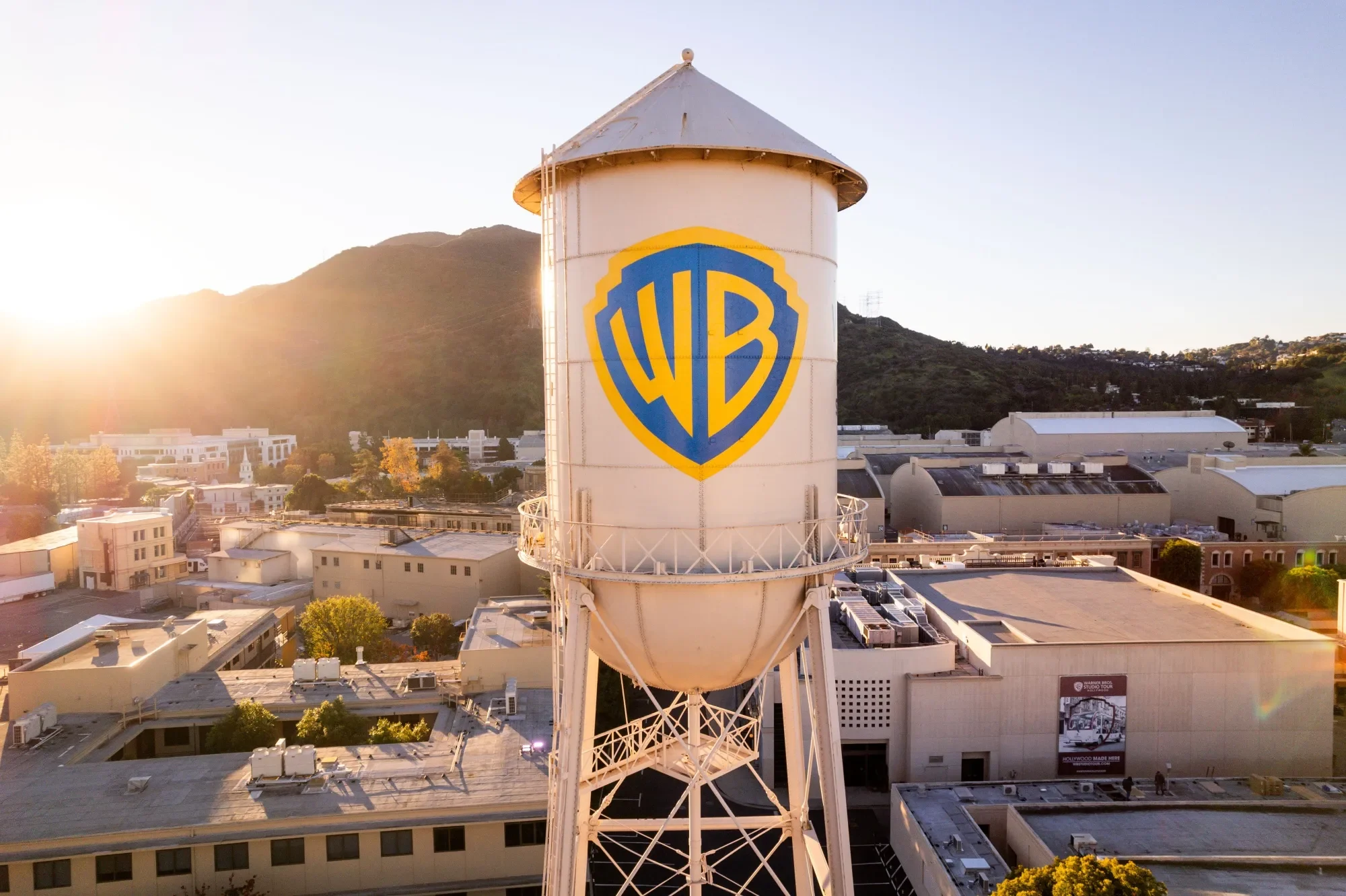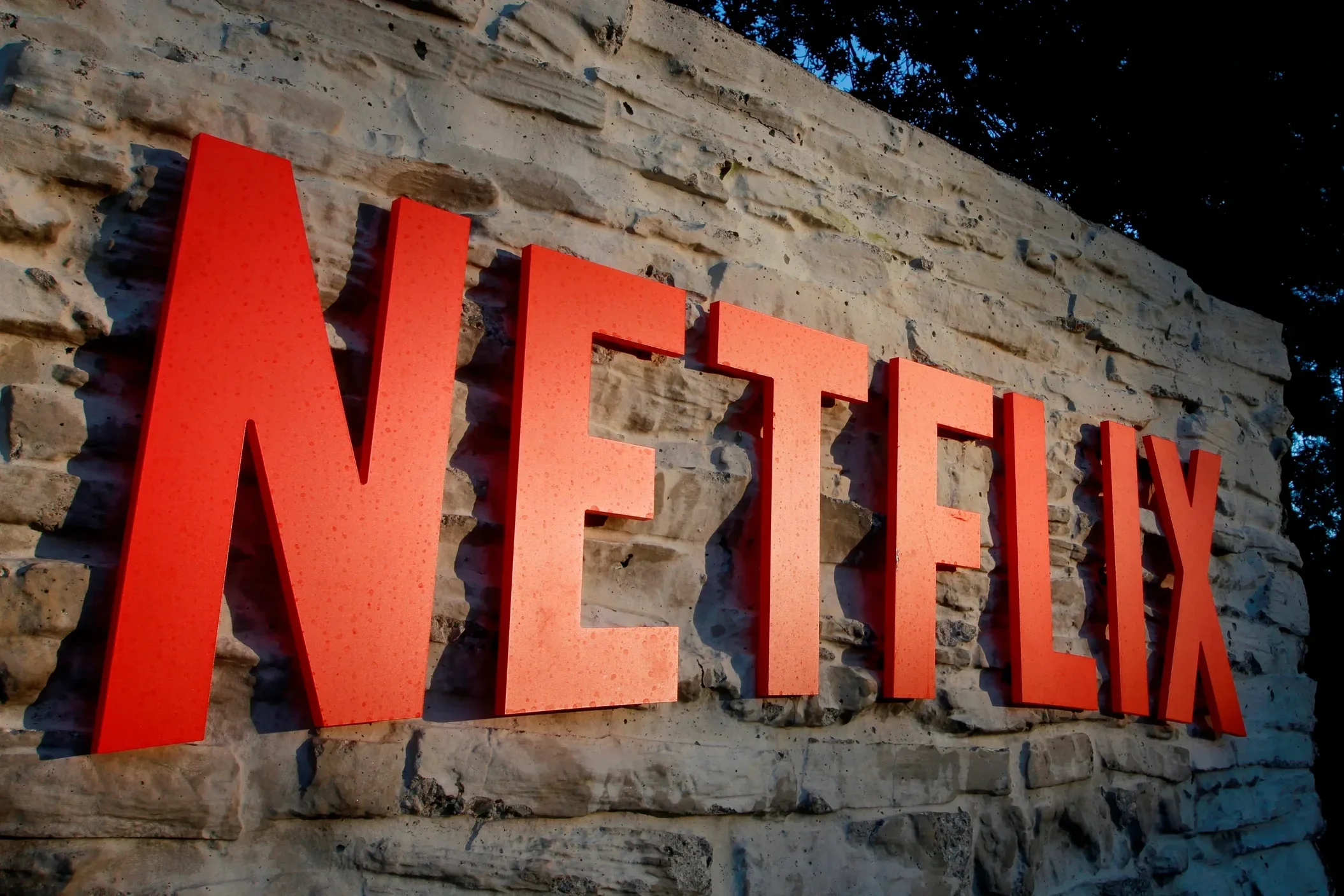Film And TV Production in Hollywood Continues to Slide Amid Industry Challenges and Competitive Pressure
Courtesy of Rodin Eckenroth / FilmMagic via Getty Images.
Los Angeles is witnessing a steep decline in film and television production, as global industry challenges and increasing competition from other regions take their toll on the city’s once-dominant role as a production hub.
According to a new report released by FilmLA, the nonprofit that oversees film permitting in the city and county, on-location filming across the Los Angeles region dropped more than 22% in the first quarter of 2025 compared to the same period last year. Between January and March, there were just 5,295 shoot days recorded, marking a significant year-over-year slump across every major production category.
This downturn comes more than a year after the resolution of the writers' and actors' strikes that disrupted Hollywood. Despite expectations for a rebound, the local industry has failed to bounce back. Compounding the issue are widespread cuts in content spending by major studios, a trend that pushed 2024’s production numbers to the lowest levels tracked by FilmLA since it began reporting in 2017 — excluding the pandemic-ridden year of 2020.
In response to the ongoing decline, California lawmakers are pushing to expand the state’s film and TV tax credit program. The goal is to incentivize more productions to remain in California rather than take advantage of competing subsidy programs in other states and countries.
The sharpest drop has been in television production, long considered the bedrock of L.A.'s filming economy. TV shoot days plunged nearly 30% in the first quarter compared to the same time last year and nearly 50% against the five-year average. Only 13 television pilots were filmed in the region in early 2025, the fewest ever recorded by FilmLA.
TV comedies were particularly affected, with production down almost 30% to just 110 shoot days. These shows, typically half-hour series, currently do not qualify for California’s existing tax credit, prompting calls to reform eligibility criteria. Proposed changes would allow series of two or more episodes lasting at least 20 minutes to qualify, encompassing formats like sitcoms, animated works, and large-scale competition series (excluding reality TV, documentaries, game shows, and talk shows). To be eligible, productions would need to have a minimum budget of $1 million.
The continued slump in TV production is especially concerning for the region’s workforce. In 2024, shoot days for TV series dropped to around 7,700 — down a staggering 58% from their peak in 2021.
Feature films also struggled, with just 451 shoot days reported in the first quarter of 2025 — a nearly 29% decline from the previous year. Meanwhile, soundstage usage also reflected the slowdown. FilmLA’s recent soundstage study showed that the 17 largest studio operators in Los Angeles had an average occupancy rate of just 63% in 2024, a drop from 69% in 2023.
Though wildfires in areas like the Pacific Palisades and Altadena raised concerns, FilmLA clarified their impact on production was minimal. Over the past four years, those regions accounted for only about 1,400 shoot days — roughly 1.3% of all filming in the area. Still, with 545 permitted filming locations now located within the fire burn zones, those areas remain temporarily off-limits to production.
As the competition for film and TV projects continues to heat up around the globe, Los Angeles faces mounting pressure to adapt—both in terms of incentives and infrastructure—if it hopes to reclaim its place as the heart of the entertainment industry.
TRENDING NEWS











